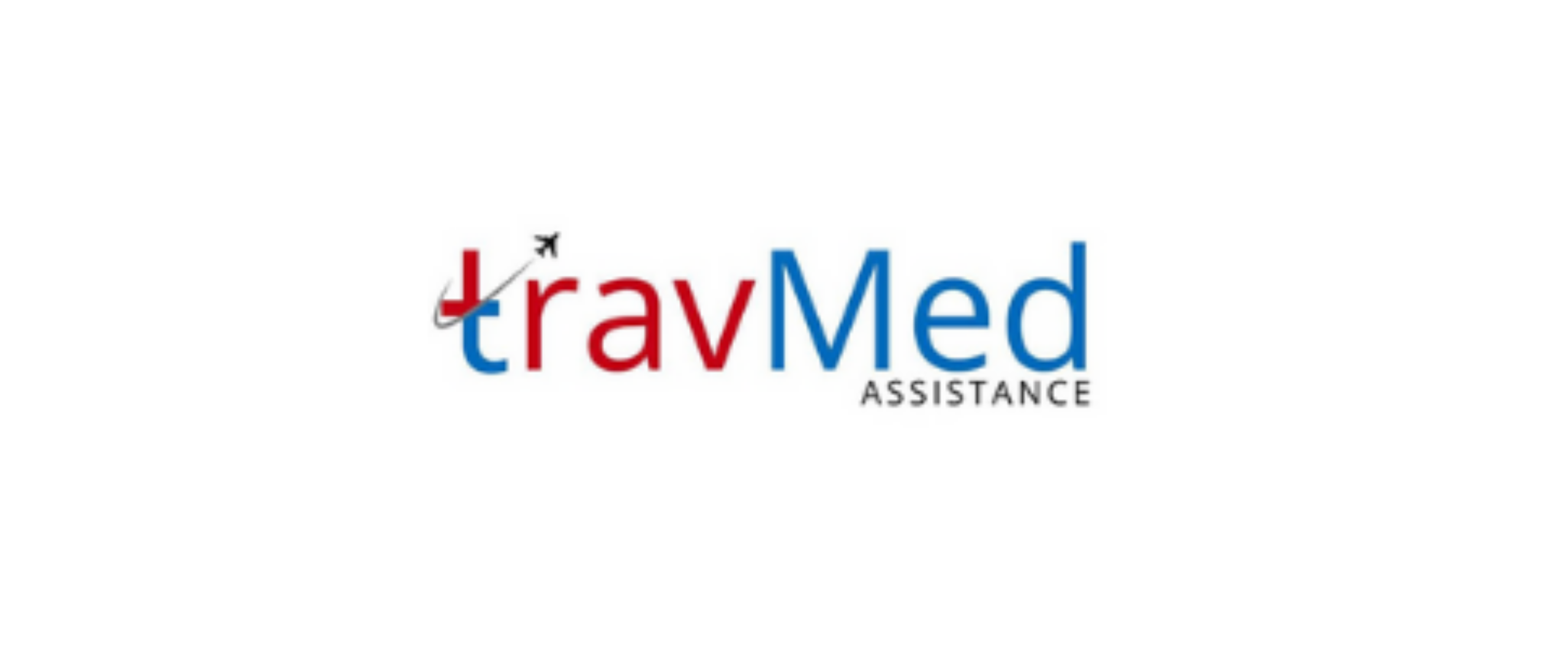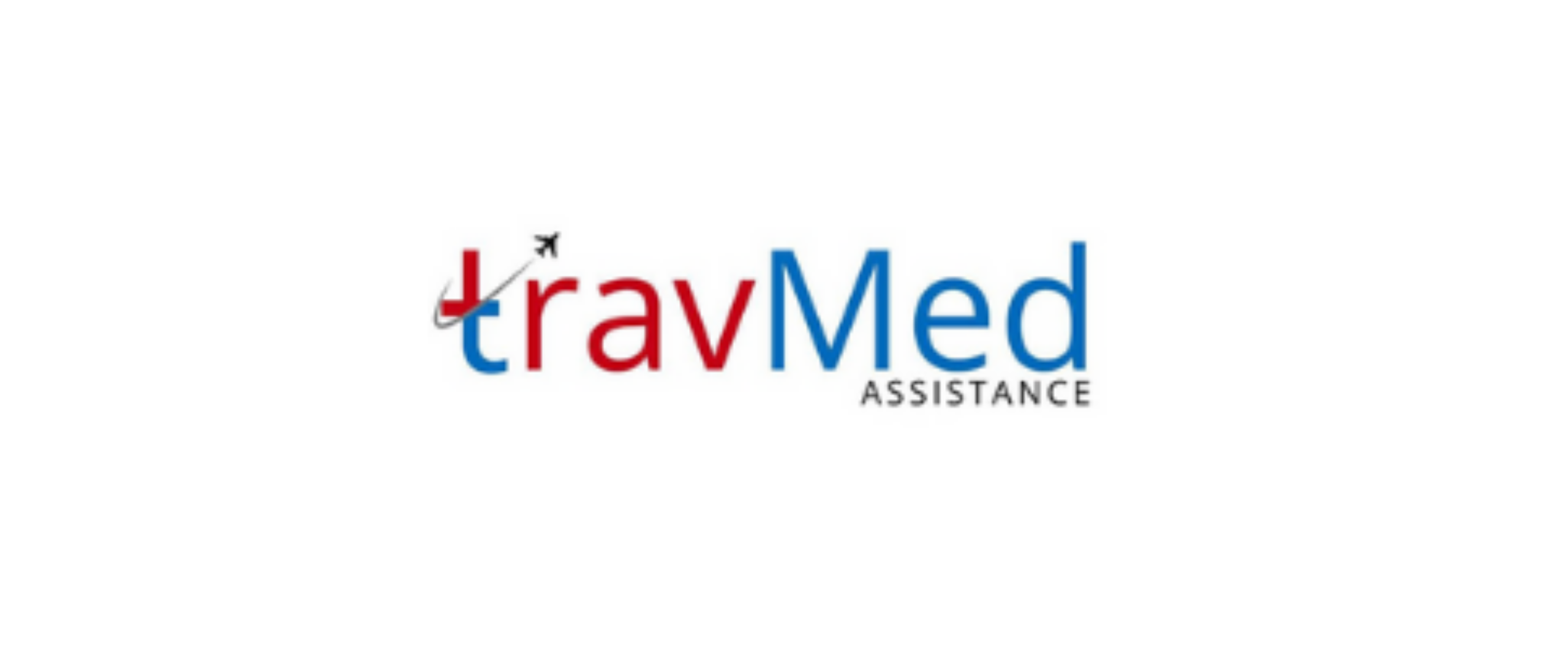
The emergency evacuation process in Nepal involves the swift and organized relocation of individuals from areas of imminent danger to safe locations. This process is typically initiated during natural disasters, civil unrest, or medical emergencies. In Nepal, the evacuation process encompasses a series of coordinated actions by government agencies, private organizations, and international partners. These actions include assessing the situation, identifying at-risk populations, establishing safe routes, providing transportation, and ensuring the well-being of evacuees throughout the journey. The process also involves communication systems to relay critical information, medical support for those in need, and logistical planning to manage resources effectively. Nepal’s unique geographical challenges, including mountainous terrain and remote areas, often necessitate specialized evacuation techniques such as helicopter rescues or high-altitude evacuations.
Who provides evacuation services in Nepal?
In Nepal, evacuation services are provided by a combination of government agencies, private companies, and international organizations. The Nepal Army and Nepal Police play a central role in large-scale evacuations, particularly during natural disasters. The Ministry of Home Affairs coordinates these efforts through its National Emergency Operation Center. Private companies, such as helicopter charter services and specialized medical evacuation firms, offer evacuation assistance for individuals and small groups. International organizations like the United Nations and various NGOs also contribute to evacuation efforts, especially during major crises. Travel insurance companies often partner with local service providers to facilitate evacuations for their policyholders. Additionally, foreign embassies in Nepal may assist in evacuating their citizens during emergencies. The collaboration between these various entities ensures a comprehensive approach to evacuation services, covering different scenarios and geographical areas across Nepal.
How does the evacuation process work?
The evacuation process in Nepal typically follows a structured approach:
- Initiation: Authorities or service providers assess the situation and declare the need for evacuation.
- Planning: A detailed evacuation plan is developed, considering factors like routes, transportation methods, and resources needed.
- Communication: Information about the evacuation is disseminated to affected individuals through various channels.
- Assembly: Evacuees gather at designated assembly points or are located by rescue teams.
- Transportation: Individuals are moved using appropriate means (vehicles, helicopters, on foot) depending on the situation and location.
- Medical Triage: Medical professionals assess evacuees’ health conditions and provide necessary care.
- Relocation: Evacuees are transported to safe areas, temporary shelters, or medical facilities as required.
- Documentation: Details of the evacuation are recorded for future reference and improvement of procedures.
- Follow-up: Continued support and assistance are provided to evacuees as needed.
This process is adaptable to various scenarios, from small-scale medical evacuations to large-scale disaster response efforts across Nepal’s diverse terrain.
What documents are required for evacuation?
The documents required for evacuation in Nepal can vary depending on the nature of the emergency and the destination. However, the following documents are generally necessary:
- Valid passport
- Nepalese visa (for foreigners)
- Travel insurance policy details
- Medical records (for medical evacuations)
- Prescription medications list
- Emergency contact information
- Proof of residence or travel itinerary in Nepal
- Evacuation authorization form (if provided by the evacuation service)
- Consent forms for medical treatment (if applicable)
- Birth certificate (for infants or young children)
- Power of attorney (for incapacitated individuals)
- COVID-19 vaccination certificate or negative test results (as per current regulations)
It’s advisable to keep digital copies of these documents stored securely online and to have physical copies readily accessible. In emergency situations where documents are lost or inaccessible, evacuation providers and authorities may make exceptions, prioritizing the immediate safety of individuals.
How much do evacuation services cost?
The cost of evacuation services in Nepal can vary significantly based on factors such as the type of evacuation, distance, urgency, and the service provider. For medical evacuations, costs can range from $5,000 to $100,000 or more, depending on the patient’s condition and the destination. Helicopter evacuations, often necessary in remote areas of Nepal, typically cost between $2,000 to $10,000 per flying hour. Ground evacuations are generally less expensive but can still cost several thousand dollars for long-distance transfers. International evacuations, involving air ambulances, can exceed $100,000 for long-haul flights. It’s worth noting that many travel insurance policies cover evacuation costs, but coverage limits and conditions vary. Some specialized evacuation membership programs offer services for an annual fee, which can be a cost-effective option for frequent travelers or expatriates in Nepal. Government-led evacuations during large-scale disasters are often provided at no cost to evacuees, but this is not guaranteed in all situations.
How long does the evacuation process take?
The duration of the evacuation process in Nepal can vary widely depending on several factors. In urgent medical situations, evacuations from accessible areas can be completed within a few hours. However, evacuations from remote or mountainous regions may take 24 to 48 hours or more, especially if weather conditions are unfavorable. For large-scale evacuations during natural disasters, the process can extend over several days or even weeks, as authorities work to relocate entire communities. International evacuations typically require more time due to logistical complexities, often taking 24 to 72 hours from the initial request to the patient’s arrival at the destination hospital. The time frame is also influenced by factors such as the availability of transportation resources, the severity of the emergency, bureaucratic processes, and coordination between different agencies. In some cases, preparatory steps like stabilizing a patient’s condition or securing necessary clearances can add to the overall duration. It’s crucial to initiate the evacuation process as early as possible to minimize delays and ensure timely assistance.
Are services available nationwide in Nepal?
Evacuation services in Nepal are available nationwide, but the level of accessibility and response time can vary significantly across different regions. Urban areas like Kathmandu, Pokhara, and other major cities have more readily available services with quicker response times. These areas benefit from better infrastructure, proximity to hospitals, and the presence of multiple service providers. However, in remote and mountainous regions, evacuation services may be more limited and can take longer to mobilize. The Nepalese government has established a network of emergency response centers across the country to improve nationwide coverage. Helicopter services play a crucial role in reaching isolated areas, particularly in the Himalayas. During major disasters, national and international resources are mobilized to provide widespread coverage. It’s important to note that while services are theoretically available nationwide, practical limitations such as weather conditions, terrain accessibility, and resource availability can affect the actual delivery of evacuation services in some parts of Nepal.
Can family accompany during evacuation?
The ability for family members to accompany an individual during evacuation in Nepal depends on several factors, including the nature of the emergency, the mode of transportation, and the policies of the evacuation service provider. In medical evacuations, one family member is often allowed to accompany the patient, especially if the patient is a minor or requires special assistance. However, this is subject to available space and the discretion of the medical team. For air ambulance evacuations, the capacity to accommodate family members is usually more limited due to space constraints and the need for medical equipment. In large-scale evacuations during natural disasters, families are typically kept together whenever possible, but individual circumstances may necessitate separations. Some evacuation insurance policies cover the cost of a family member’s accompaniment, but this varies by policy. It’s advisable to discuss family accompaniment options with the evacuation service provider or insurance company in advance, if possible, to understand the specific arrangements and any associated costs.
How reliable are evacuation service providers?
Evacuation service providers in Nepal generally maintain a high level of reliability, especially those with established reputations and international affiliations. Major providers adhere to international standards for medical care and evacuation protocols. However, the reliability can be influenced by factors such as weather conditions, geographical challenges, and the overall emergency situation in the country. Government-led evacuations during large-scale disasters are typically well-organized but can face resource constraints during overwhelming events. Private evacuation companies, particularly those specializing in medical evacuations, often have robust systems and experienced personnel, enhancing their reliability. It’s advisable to research and choose reputable providers, preferably those recommended by embassies, international organizations, or well-known insurance companies. Reliability can also be assessed through factors such as response times, the condition of equipment and vehicles, staff qualifications, and past performance records. While most providers strive for high reliability, it’s important to recognize that unforeseen circumstances in Nepal’s challenging environment can occasionally impact service delivery.
Are services available 24/7 in Nepal?
Evacuation services in Nepal are generally available 24/7, particularly for medical emergencies and critical situations. Major private evacuation companies and government emergency services operate round-the-clock to respond to urgent needs. However, the level of service and response time may vary depending on the time of day and location. In urban areas, 24/7 availability is more consistent, with ambulance services and hospitals providing continuous coverage. For remote areas, while services are technically available 24/7, practical constraints such as weather conditions, visibility for air operations, and the need to mobilize specialized teams can affect immediate response capabilities during nighttime or adverse weather. Many international assistance companies partnering with local providers maintain 24/7 call centers to coordinate evacuations at any time. It’s important to note that while emergency response is available around the clock, non-urgent evacuations or certain administrative processes may be limited to regular business hours. Travelers and residents in Nepal are advised to have emergency contact numbers readily available and to understand the potential limitations of 24/7 services in their specific location.
How is safety ensured during evacuations?
Safety during evacuations in Nepal is ensured through a combination of protocols, trained personnel, and appropriate equipment. For medical evacuations, safety measures include:
- Thorough pre-flight medical assessments
- Use of specialized medical equipment during transport
- Presence of qualified medical staff throughout the evacuation
- Regular maintenance and safety checks of evacuation vehicles
- Adherence to international air and ground transportation safety standards
- Continuous monitoring of patient vital signs
- Use of secure patient transfer protocols between facilities
- Implementation of infection control measures
- Coordination with local authorities for safe passage
- Weather and route assessments before and during evacuation
- Emergency backup plans and alternative routes
- Clear communication channels between all involved parties
For large-scale evacuations, additional safety measures include:
- Establishment of safe evacuation routes
- Deployment of security personnel along evacuation paths
- Regular safety briefings for evacuees
- Provision of essential supplies like food, water, and first aid kits
- Use of clearly marked and well-maintained evacuation vehicles
- Implementation of crowd management techniques
These safety protocols are continuously reviewed and updated based on experiences and international best practices to ensure the highest level of safety during evacuations in Nepal’s diverse and challenging environments.
How do I contact evacuation providers?
Contacting evacuation providers in Nepal can be done through various channels:
- Emergency Hotlines: Nepal has a national emergency number (112) for immediate assistance.
- Travel Insurance: If you have travel insurance, contact your provider’s 24/7 emergency assistance line.
- Embassy Services: Foreign embassies in Nepal often provide emergency contact information for their citizens.
- Local Hospitals: Major hospitals in Nepal can often facilitate contact with evacuation services.
- Online Platforms: Many evacuation providers have websites with emergency contact forms or numbers.
- Mobile Apps: Some providers offer apps for quick emergency communication.
- Local Police: In emergencies, local police can help connect you with evacuation services.
- Tour Operators: If traveling with a tour group, operators often have direct lines to evacuation services.
- Trekking Agencies: For hikers, trekking agencies usually have evacuation provider contacts.
- Hotel Concierge: Many hotels in Nepal can assist in contacting evacuation services.
- Social Media: Some providers monitor social media platforms for emergency requests.
- Satellite Phones: In remote areas, satellite phones can be used to contact evacuation services directly.
It’s advisable to research and save relevant contact information before traveling to Nepal, especially when visiting remote areas. Keep multiple contact methods available, considering potential communication challenges in different parts of the country.


